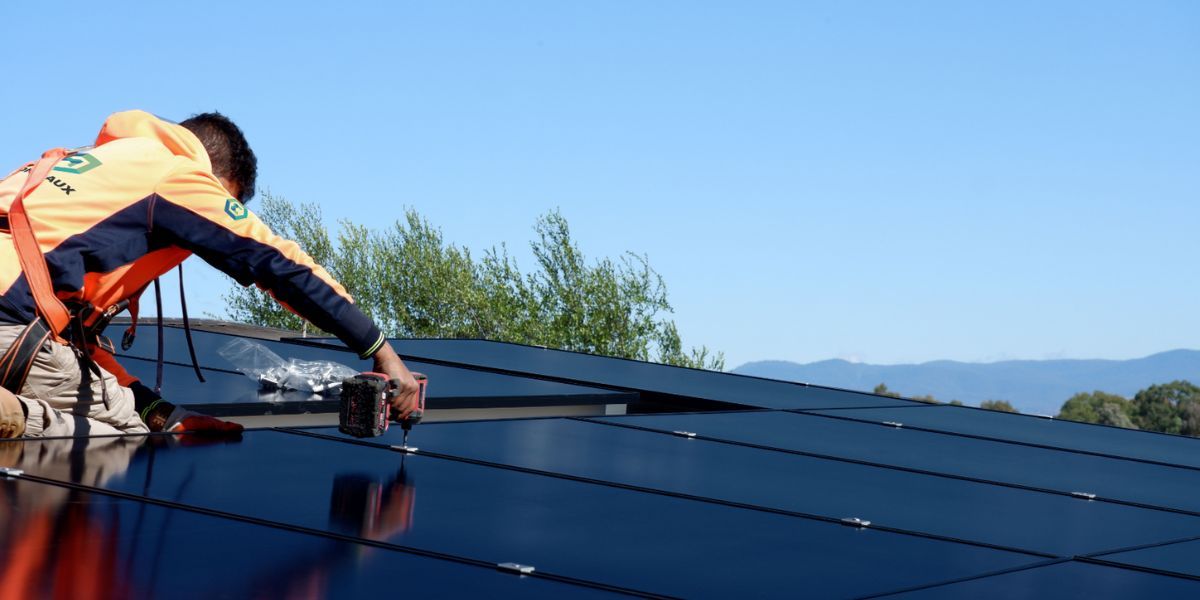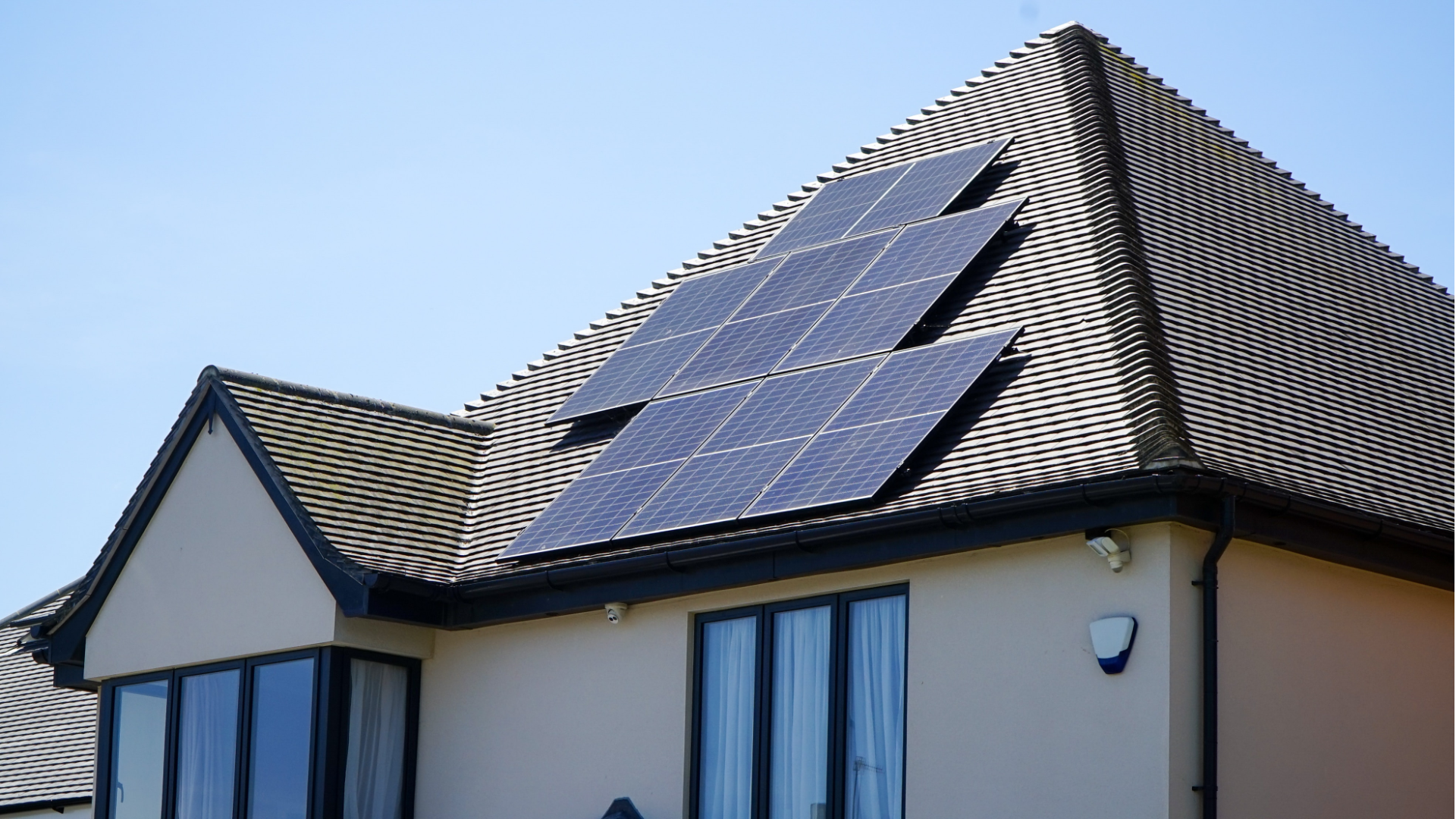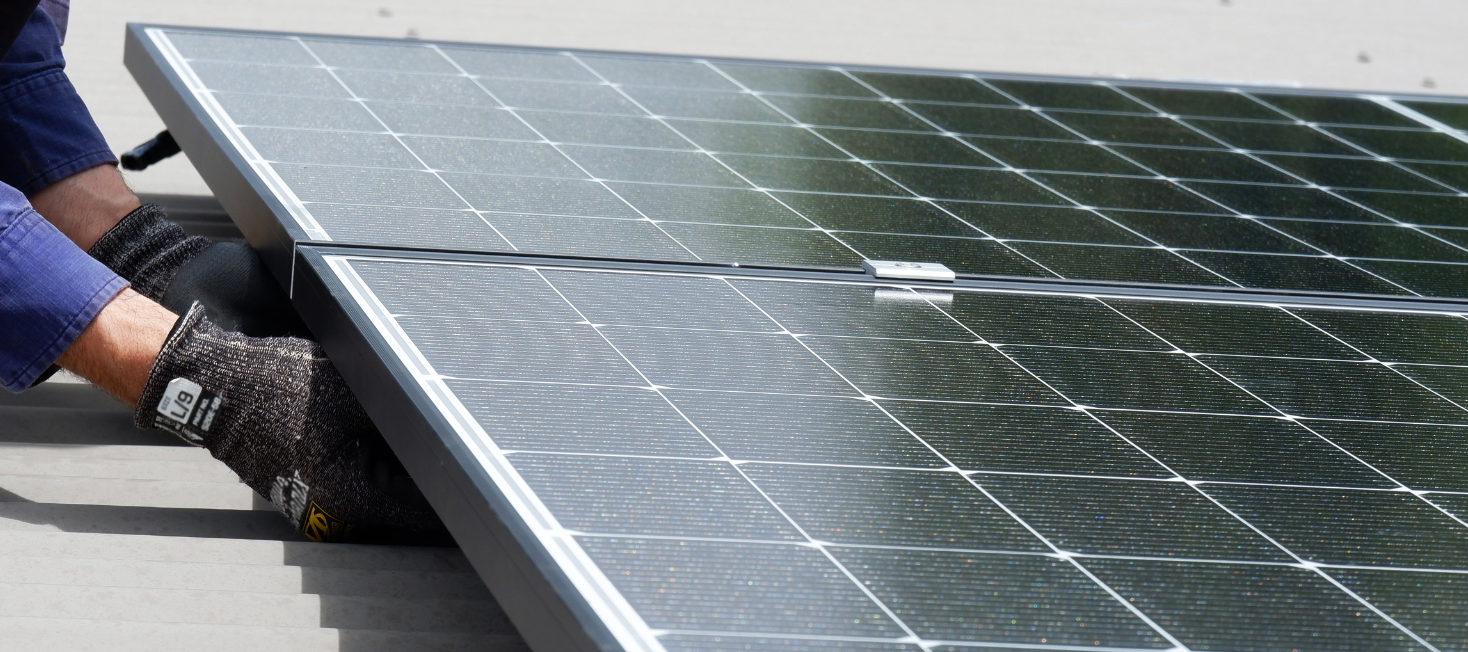What is Solar Inverter Oversizing?
Normally the number of solar panels installed on the roof is matched to the solar inverter size. The total number of panels is calculated by dividing the inverter power rating by the chosen solar panel power. This was often the practice carried out by some solar designers in the past. If you have been in the solar industry, you probably heard of the idea of “inverter oversizing“.
Understanding Solar Panel Production Factors
Before discussing inverter oversizing, we should understand the fact that solar panel production is greatly influenced by various factors, like weather conditions, the sun’s position, panel orientation, aging, soiling, and shading losses. Therefore, the manufacturers conduct solar panel testing under Standard Test Conditions (STC) to rate their products. It’s important to note that real-world performance may differ from the STC due to the unique environmental conditions surrounding the solar panels.
The Overlooked Aspect: Inverter Oversizing
Inverter oversizing is often overlooked by experienced solar designers during system design. By inverter oversizing, the total capacity of the solar array will be higher than the inverter rating. This means that the system generates more Direct Current (DC) power than Alternating Current (AC) power. The idea behind inverter oversizing is to compensate for losses caused by external factors.
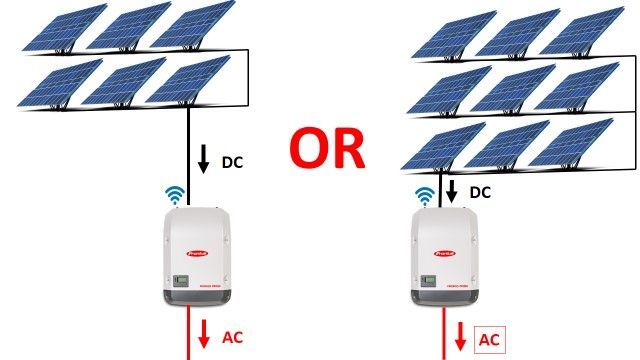
The graphs below show that using a 6.6kW solar system with a 5kW inverter (Inverter Oversized) will produce more energy than a 5kW solar system with a 5kW inverter (Inverter size).
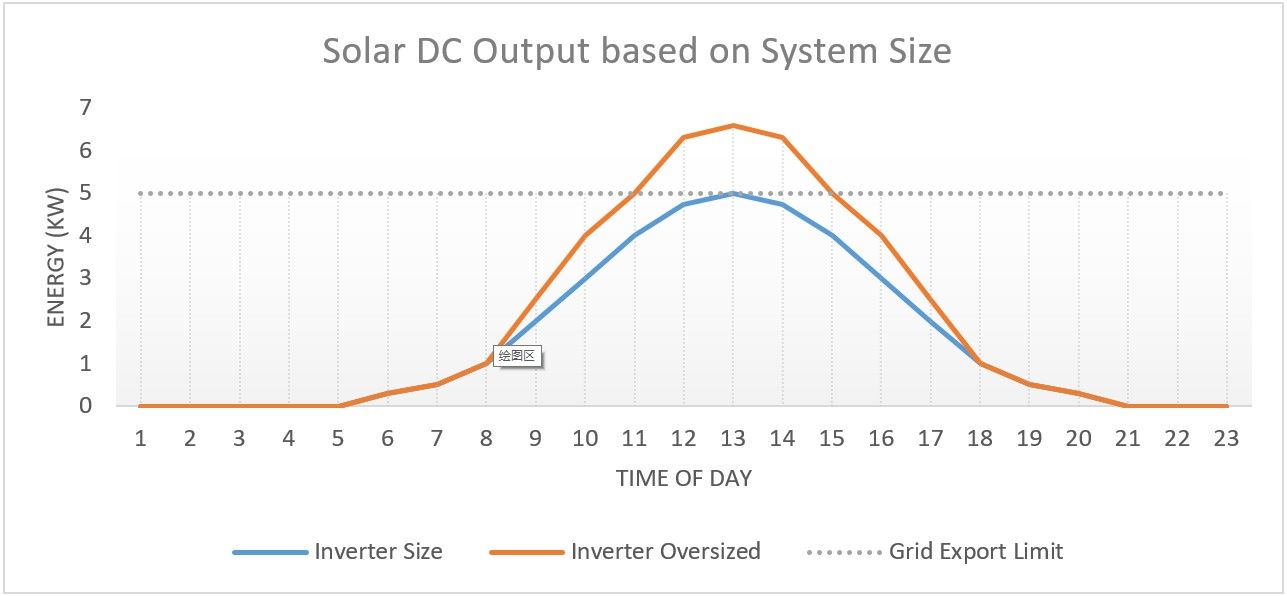
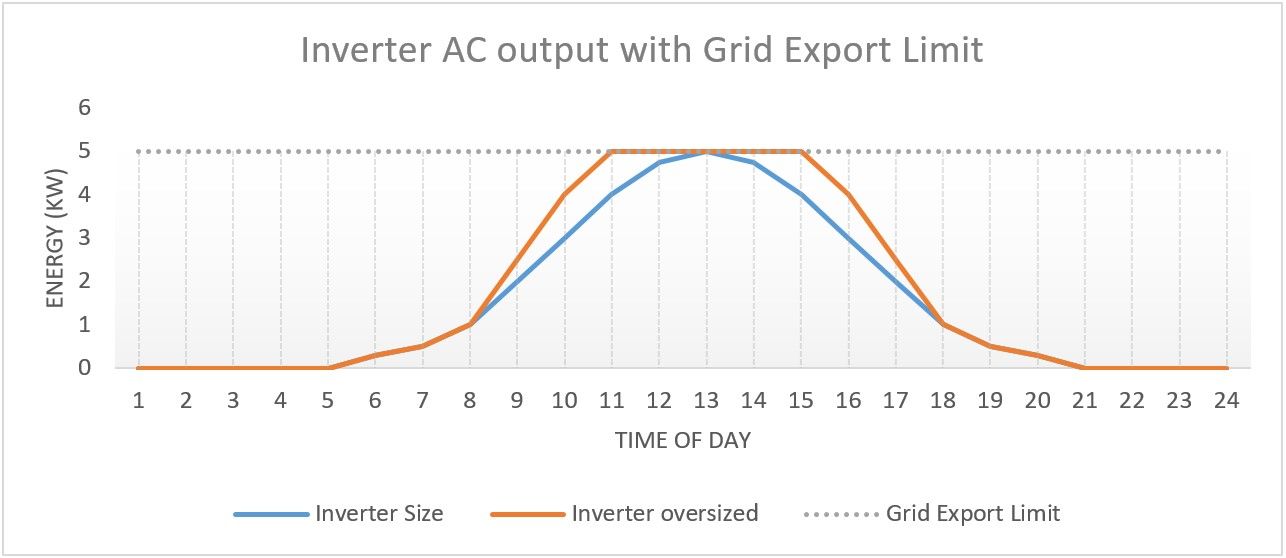
The Advantages of Inverter Oversizing
- Increase energy harvesting – Solar panel arrays experience fluctuations in sunlight intensity due to weather conditions. By oversizing the inverter, the system can harvest more energy during periods of optimal sunlight.
- Improved Performance in low light Conditions – Solar panels operate less efficiently in low-light conditions, such as cloudy or overcast days. Oversizing the inverter helps compensate for this inefficiency by allowing the system to operate at a lower power level, enabling the system to operate under suboptimal lighting conditions.
- Maximize the daytime solar production – Oversizing the inverter allows it to produce peak energy for a longer duration at noon time, resulting in increased daily solar production. Refer to Figure 3, for a comparison between the daily inverter production of a regular-sized system and an oversized system (133% larger). The oversized system shows an approximate 10-15% increase in production under optimal conditions.
- Make the most of East-West PV arrays (North facing in the Southern hemisphere) – A PV array may be divided into some east-facing strings and some west-facing strings when there is more space available for east and west-facing orientations. It is feasible to significantly enlarge a PV array because an east and west PV array would peak in output power at separate times of the day. This way, the overall energy production could be increased and the solar production would be more evenly distributed throughout the day.
It’s worth noting that having larger solar panels than the inverter output rating may save some money. However, manufacturers set limits on the maximum array capacity the inverter can accommodate, and local grid operators may impose restrictions on system sizes. For example, in some regional areas with single-phase supply, consumers are limited to installing inverters up to 5 kilowatts (KW), or 5 to 10KW inverters with a 5KW grid export limit. Conversely, regions like ACT allow consumers to oversize the inverter up to 133% and still receive financial assistance in the form of solar rebates.


Conclusion
Inverter oversizing offers numerous benefits that can significantly enhance the performance and efficiency of a solar system. It allows for increased energy harvesting, improved performance in low-light conditions. As solar technology advances, considering and implementing inverter oversizing strategies can maximize the return on investment for solar system owners.
To get free and accurate in-home solar assessment, call us on 1300 911 110 or email us at info@mondiaux.com.au and we will make sure to provide our best service to our clients.
Share Post
